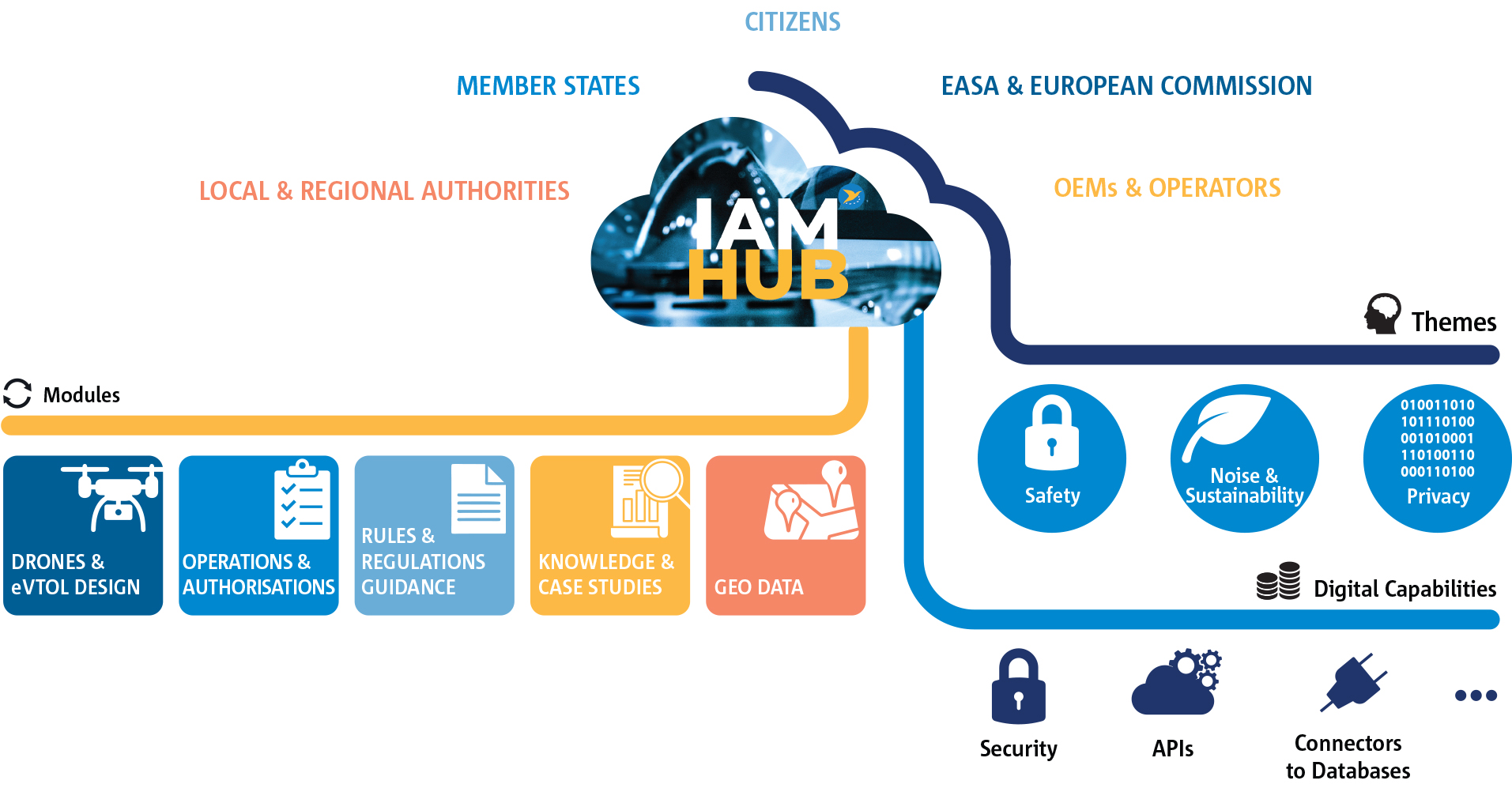The potential of hydrogen to power carbon-free flight has rekindled interest in this alternative fuel, with green hydrogen being relatively easy to produce, provided sufficient renewable energy is available. In particular, there has been a strong interest in the potential of hydrogen used in conjunction with fuel cells and electric motors for regional/short-haul aviation, where the weight of batteries needed for energy storage is currently seen by many as restrictive.
Pioneers in the field have advanced their flight test activity, with H2FLY conducting the world’s first piloted flight of a liquid hydrogen powered electric aircraft in September 2023, using their HY4 demonstrator aircraft, operating from Maribor in Slovenia. Other notable flights include ZeroAvia’s flight test campaign using a Dornier 228 with the left side propeller powered by their ZA600 prototype engine and, most recently, Beyond Aero achieved France’s first manned fully hydrogen-electric flight, using a retrofit model G1 SPYL-XL to demonstrate their technology.
Although the headlines have primarily been related to these aforementioned flight tests using fuel cells, there has also been demonstrable progress on hydrogen combustion technology with Rolls Royce, Safran and GE all successfully running ground tests in this field.

